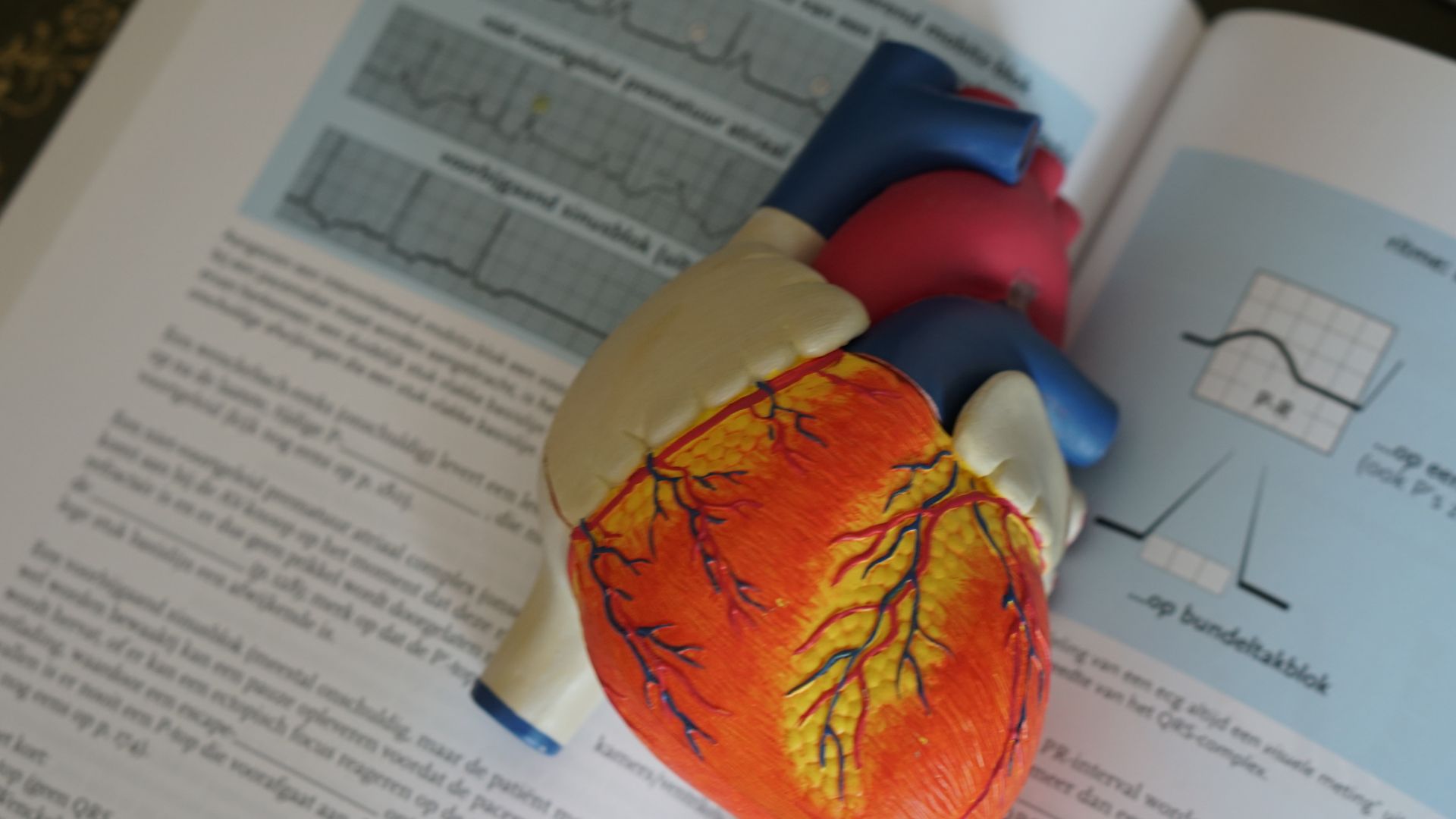When a person is in cardiac arrest, the first emergency response is to perform cardiac massage, or cardiopulmonary resuscitation, combined with mouth-to-mouth resuscitation, until help arrives.
But according to the conclusions of a Canadian medical research, reported byFrench media agencyfirst aid given to heart attack victims they are not the same depending on whether the patients are men or women, when cardiac arrest occurs in public. Women would be less likely than men to receive resuscitation from someone who witnessed their heart attack, regardless of their age.
Read also: Heart attack symptoms are different in women
This study, which will be presented at a medical conference in Spain, examined records of cardiac arrests in almost all countries 40,000 patientsin the United States and Canada, between 2005 and 2015. Overall, according to their research, 54 percent of them received CPR from a bystander.
But the data differs depending on gender. For cardiac arrests that occurred in a public place, 61% of women received a massage, against 68% men. And according to doctors, this gap mortality would increase women following cardiac arrest.
Read also: A study highlights the causesheart attack in women
The researchers tried to find a reason for this discrepancy. One hypothesis would be that there could be passers-by embarrassed to the idea of touching a woman’s breasts without her consent, he told theFrench media agency the emergency doctor at the Sacré-Cœur hospital in Montreal, Alexis Cournoyer. But according to the doctor another explanation is possible: a “obstacle to recognition” for women victims of cardiac arrest, often considered, mistakenly, as an event that only happens to men.
Because according to a study published in August in the journal Lancet Digital Health, symptoms differ depending on gender. Men are more likely to experience chest pain – a symptom more familiar to the general public – while women are more likely to experience shortness of breath.
Source: Madmoizelle
Mary Crossley is an author at “The Fashion Vibes”. She is a seasoned journalist who is dedicated to delivering the latest news to her readers. With a keen sense of what’s important, Mary covers a wide range of topics, from politics to lifestyle and everything in between.





